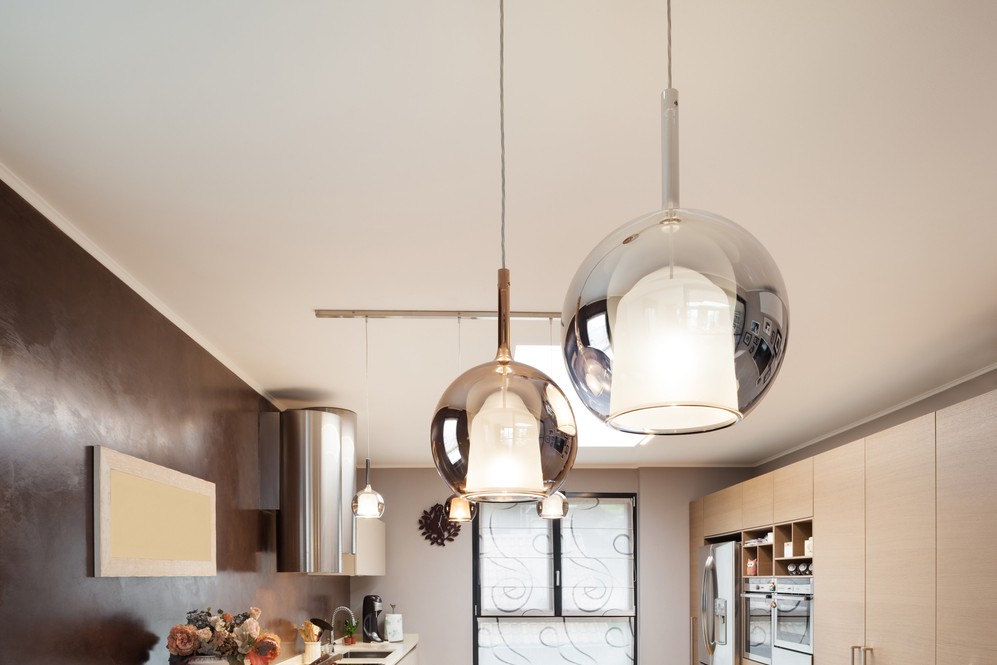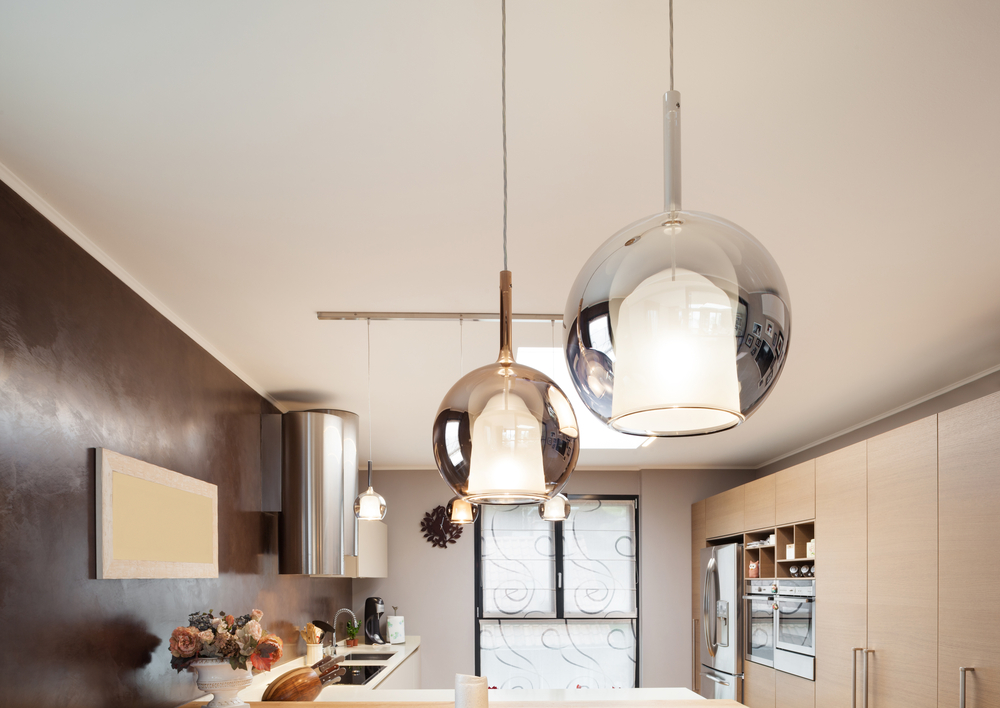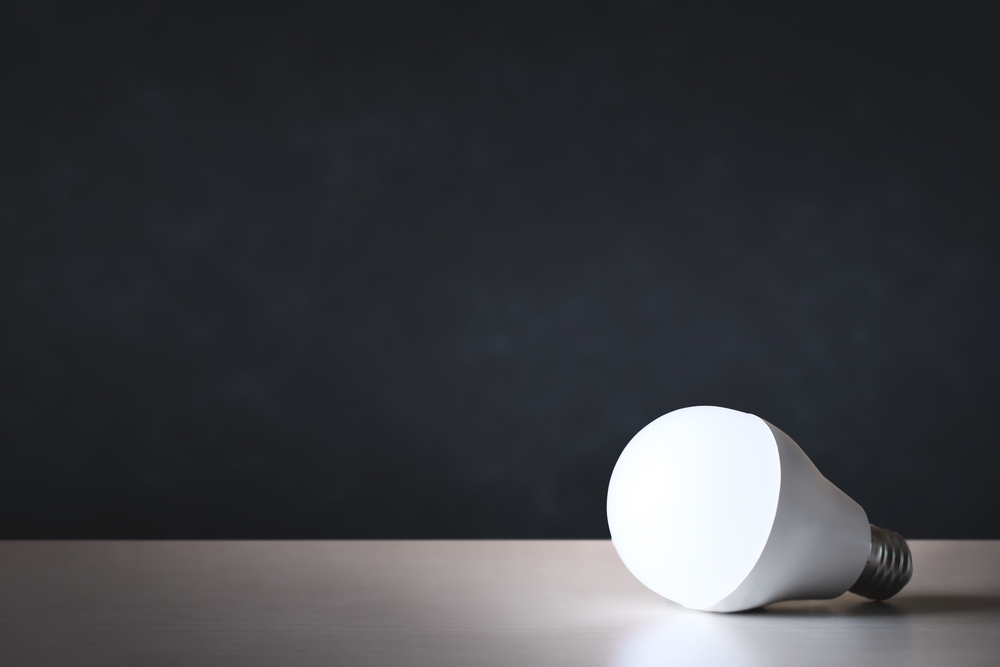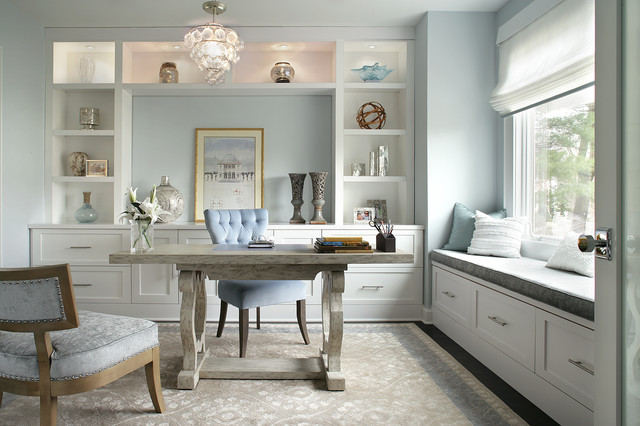When it comes to interior design, lighting is often overlooked. However, it’s actually really important, as the right lighting can make or break a room. You should always do your research, and take into consideration the natural light in your home, before you choose your lighting. South facing rooms will get more natural light, whereas north and east facing rooms will rely more on artificial light.
Types of Lighting
There are several different types of lighting which perform different functions. Task lighting is a focused type of light, which is bright and doesn’t create any shadows. Ambient lighting is used to create atmosphere, with a warmer colour. Lastly, accent lighting is used to highlight decorative and architectural features of the home. Thanks to technological advances, artificial light is now more customisable than ever, and can easily replicate natural light.
Lighting by Room
Lighting will vary by room. Each room in your home has a different atmosphere, so they need different types of lighting. Let’s take a look at each room and the lighting that works for the space.
- Living room – You use your living room for relaxing and spending time as a family, so flexibility works best. You should be able to dim your lights to watch a film, or switch them up to play a board game. You should also have some task lighting (such as a table lamp) if you want to read a book.
- Kitchen – The kitchen is another room where you spend a lot of time. With kitchen lighting, task lighting is super important for safety. Try undercabinet lighting above your sink, chopping board and oven. This will create a bright light so that you can easily see what you’re doing. Then, use ambient lighting for the rest of the kitchen, so that you can enjoy dining or catching up after a day of work.
- Dining room – You’ll want a direct light over the dining table, such as a pendant light. However, if you like entertaining, you might also want to have some ambient lighting, such as floor lamps, for after the meal.
- Hallway – Stick to warm lighting which improves the natural light of your hallway, and keep window dressings to a minimum to allow as much natural light to flood in as possible.
- Bathroom – The bathroom is another area where you will need strong task lighting. If you have a large mirror, try placing spotlights around it to open up the space.
- Bedroom – In the bedroom, a mix of lighting works best. Your main ceiling lighting should be warm to help you relax, and you should have some lamps to help with reading in the evening.
- Outside – A variety of lighting works well in your outside space. To highlight interesting areas of your garden, try spotlights or fairy lights. To illuminate paths, opt for strip lighting to guide pedestrians. If you have a decking area, recessed lights are ideal for safety.
Benefits of LED
With the rise and rise of the cost of living, it’s more important to cut costs as much as possible. This has led to an increase in energy-efficient lighting solutions, and more specifically, LED lighting. LED lighting is much more efficient than halogen or fluorescent lighting for a number of reasons. Firstly, LED lights use much less electricity to generate the same level of lighting as a halogen bulb. The bulbs also only waste 5% of their energy as heat, compared to a halogen bulb which wastes almost all of its energy as heat. This interesting guide from The Greenage shows the cost of running a 5w LED bulb in comparison to a 50W halogen bulb. Whilst the initial investment is higher, thanks to a lifespan of 24,000 hours and the fact that it needs less electricity, the end cost is much lower.







Leave a Reply